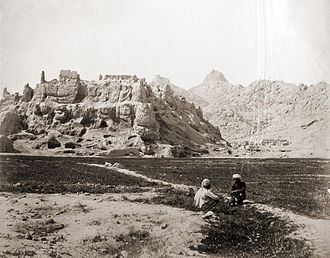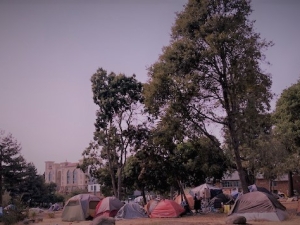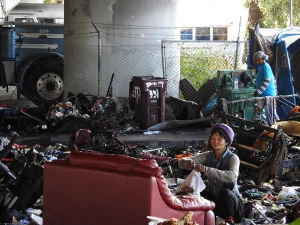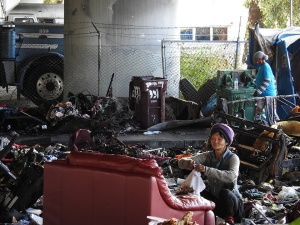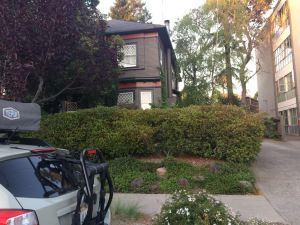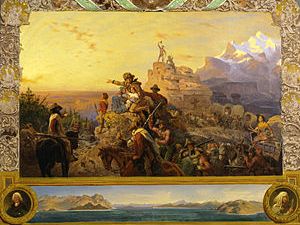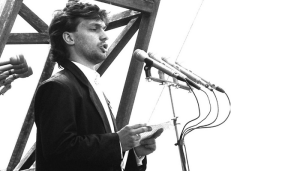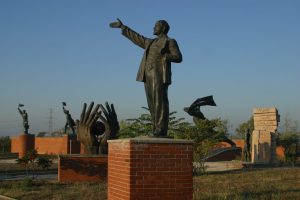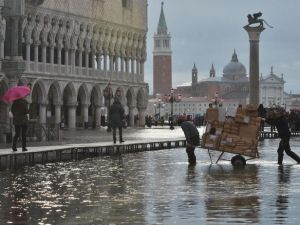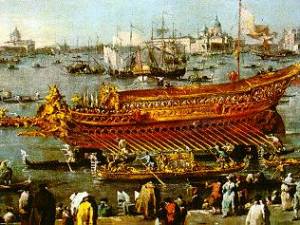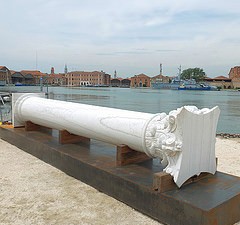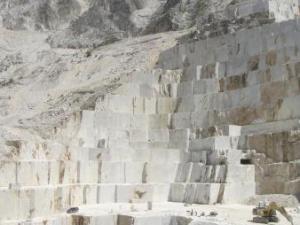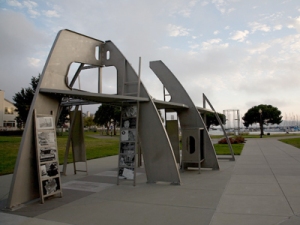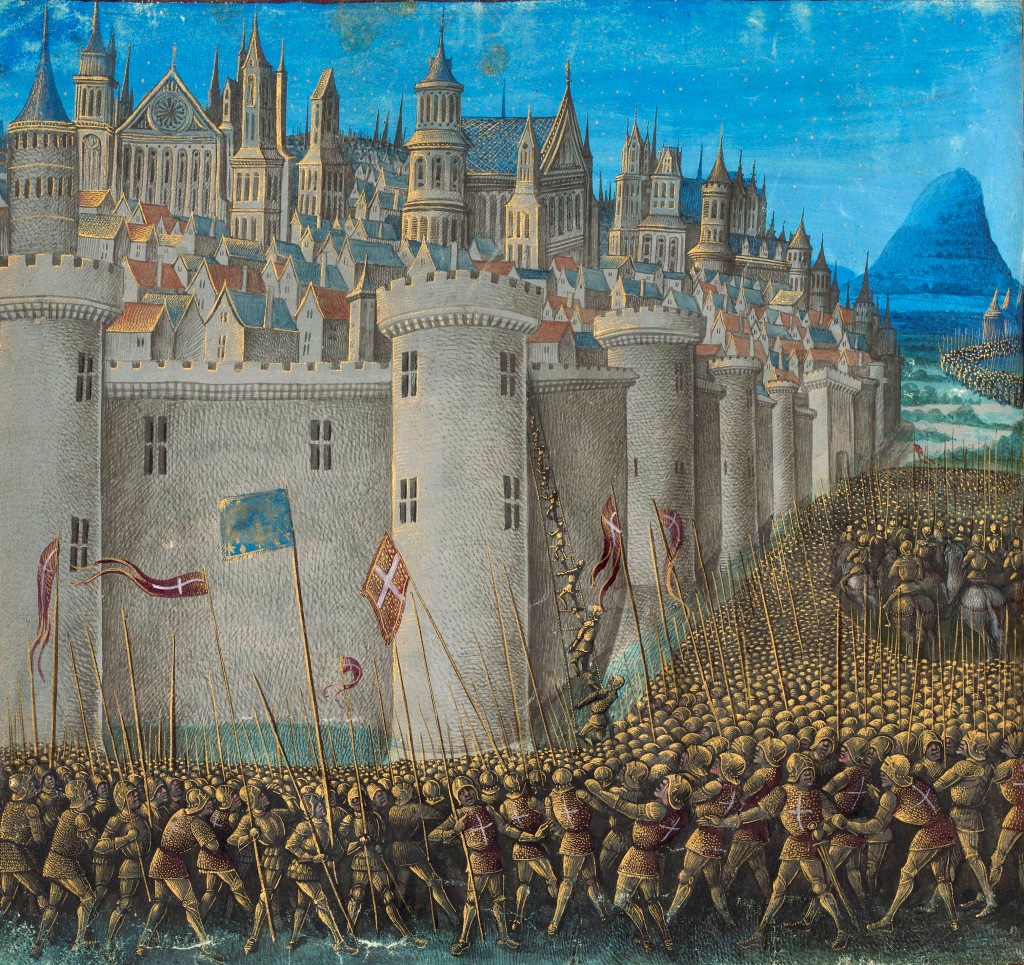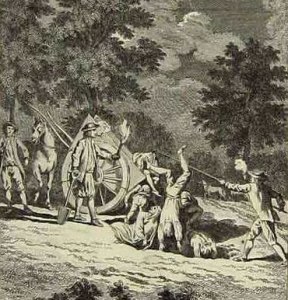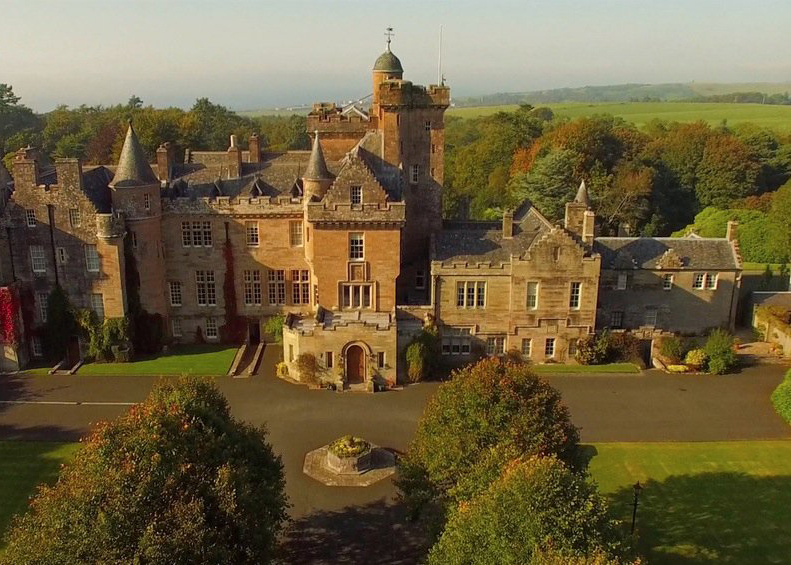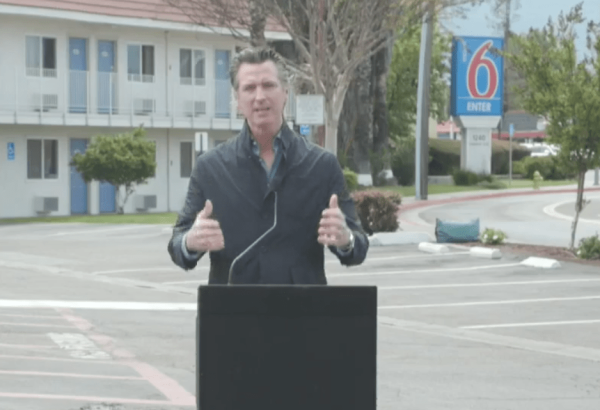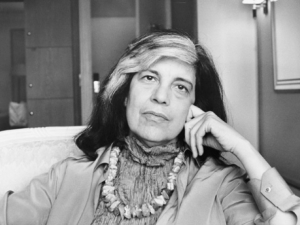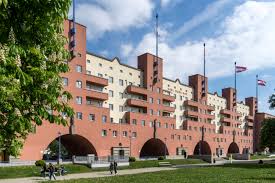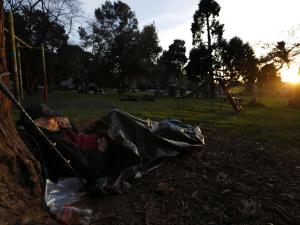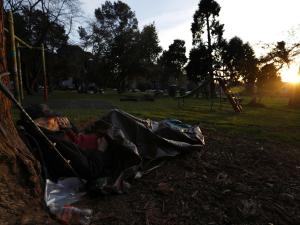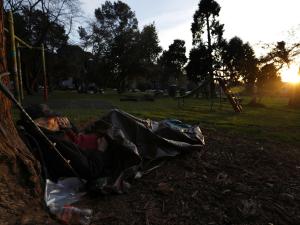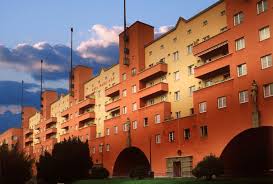Russia and Ukraine’s conflict is now dwarfed in killings by the slaughter in Gaza and in tenure by the twelve-year war in Syria. But no other recent war has been so clearly based upon the tragic failure of international diplomacy.
Now the entrance of Sweden into NATO and perhaps Ukraine into the European Union….
Back in the day, the U.S. Civil War was much bloodier, but international intervention was mainly undercover and not a daily media feast. England and France pretended neutrality. Russia, be it noted, was the single open supporter of the Union, if mainly to counter the dominance of the imperial British. For seven months in 1863, Russia kept a dozen warships at the ready in New York and San Francisco.
Six thousand miles from Ukraine, it was storming, again, in California. Around our table–fish stew again–were a few dear friends and neighbors. As rain rattled noisily down the dry gutters, talk ranged from the weather to cancel culture and the recent rush to rename buildings, institutions, countries. Someone suggested that the time was ripe for opening a new field of Grievance Studies. Everyone laughed. We didn’t approach the war right away, maybe assuming a consensus favoring Ukraine.
Not everyone remembered George Kennan, the historian and diplomat. Twenty-five years ago he warned that “expanding NATO would be the most fateful error of American policy in the entire post-Cold War era, quite likely to inflame Russia’s nationalistic, anti-Western and militaristic tendencies.” Politicians and generals are often deaf to the counsel of historians and diplomats. NATO went right on expanding. And around our table and across our country, the plucky Zelensky and the indomitable Ukrainians had the most support.
What’s in a word: U-kraine? In Slavic languages “u” is an adverb meaning “at” or “in”. And “Kraj” or Krajina” means a border region. Oukraina first appeared in 1187. Through the centuries, this Slavic term signified “borderlands,” often far from the territory of modern Ukraine.
Not so long ago, we elders knew today’s embattled land as THE Ukraine. “In the Borderland” does sound a bit vague for a sovereign nation. So in 1993, after the declaration of an independent Ukrainian state, officials removed the article “the,” presumably to lend the name of their country more formal dignity.
More than six months before Russia’s “Special Operation in Ukraine,” Vladimir Putin published a 5,000-word article on the historical unity of Russians and Ukrainians. Nobody at our table could remember its appearance, and I only happened on it by chance. But I did read it, every word, in the English translation thoughtfully supplied by the Kremlin.
Yes, Putin is hoping to restore the territory of the former Russian empire. But his account of imbricated Russian and Ukrainian history and culture basically follows more public histories. There is some cherry-picking and blurring of the conflicts in Chechnya and Georgia as well as the Holodomor famine–blaming the worst bits on the Bolsheviks. (Of course Putin may also have written the Wikipedia entries.)
We could but don’t read elsewhere about ninth-century Varangian (Viking) prince Oleg, who sailed downriver to settle Kiev(Kyiv) and to found Mother Rus. Somewhere—not in Putin’s history—I also learned that the Black Sea port of Kherson, recently decimated, had been a Greek colony some 2500 years ago. So far Greece has not lodged any territorial claims on Ukraine or Russia.
More recent history: after the breakup of the Soviet Union in 1991, NATO negotiators agreed not to expand “one inch eastward”, according to recently declassified documents . Other agreements followed—Budapest, Minsk and Minsk II, etc. Since then, an even dozen Eastern European countries have been welcomed into NATO.
On various occasions, Vladimir Putin has found reason to protest against the NATO powers’ security risk to Russia. If Ukraine joined the West, and then Sweden and Finland, the threat would be vastly increased. Then in 2014 the Russophile Ukrainian leader was overthrown in the Orange Revolution, and Russia occupied Crimea, whose population was already 70 percent Russian. Two nominally independent regions, Donetsk and Luhansk, also majority Russian speakers, were absorbed into the Russian federation. No major international protests ensued.
Fast forward to 2021 and Ukraine’s increasing lean westward. President Joe Biden, far from suggesting serious talks about Russian security issues, warned in every news cycle that Vladimir Putin was about to invade Ukraine.
At some point I decided to ask an old friend in Prague for his views on the new war. I could imagine him pacing up and down the room stroking his handsome beard. He sent me a judicious analysis, including a reminder of Munich and the failure to stop Hitler from taking over Czechoslovakia in 1938, and finishing with the Soviet putsch in Prague in 1968. Be it noted that Czech president-elect Petr Pavel was a NATO general and/but has a degree in international relations from King’s College London. Pavel professes to be for Ukraine but against war–a tricky position to maintain just now.
Some years ago a young Polish couple, in the U.S. on fellowships, stayed for a term in our back cottage. The Polish government was just turning rightward, and the couple seemed a bit wary of political talk with their Berkeley landlords. But we were friends, went to the beach together, exchanged silly gifts, and they would walk down our driveway holding hands, her blonde hair swinging like a Disney princess.
Hungary accounts for a relatively short stretch of the Ukrainian border, while Poland shares 330 kilometers of it, but both have historically fraught relations with Russia. We have close Hungarian friends, have exchanged children some summers and followed, ruefully each other’s national politics. In his youth Viktor Orban was eloquently anti-Soviet. Now in power, he thrives on anti-migrant ad anti-semitic sentiments, most notably against George Soros, whose foundation subsidized Orban’s brief youthful interval at Oxford. Orban now deals amicably with Putin.
The father of our secretary of state—-Antony Blinken, should you have forgotten—was U.S. ambassador to Hungary. Secretary Blinken speaks fluent French, but not, alas, the present language of diplomacy. In his first official remarks he opened with warnings to China and Russia that the U.S. would stand firm on whatever position it chose. He continues to avoid any diplomatic cordiality.
Diplomacy comes from the ancient Greek diploma, which means “an object folded in two.” Folding a document, before there were envelopes, served to protect its privacy. The term came to apply to all official documents, such as those containing agreements between governments. Five months of the Ukrainian war passed last year without any dialogue, folded or open, between Antony Blinken and Sergey Lavrov, his Russian counterpart. For millennia, another major diplomatic tool has been alliance by marriage. Alexander the Great married the Sogdian princess Roxana to subdue the angry and defeated Sogdians (an ancient Iranian people, trending now). And so on. Let’s say that Volodymyr Zelensky could become betrothed to Sergey Lavrov’s daughter, Ekaterina Vinokurova. True, they both have living spouses. But serial marriage has been widely practiced through the ages, seldom for such positive reasons as world peace. You read it here first.
While traditional diplomacy falters, countries far from Russia and Ukraine suffer from famine and joblessness. Some, like Syria, have their own punishing civil wars. No grain came out of Ukraine’ breadbasket for many months, and the energy supply was delayed or broken. More than 200,000 casualties have been counted on both sides.. Hundreds of thousands of factories, schools, hospitals and homes have been bombed to the ground, not to mention roads, railways and ports.
“What about postwar reconstruction?” wondered the economist at our table, rearranging mussel shells on his plate.
Following the billions of dollars the war has earned for NATO armaments industries, as well as windfall profits for oil producers, Ukraine’s postwar recovery will open another huge economic opportunity. After World War II the U.S. Marshall Plan provided some $150 billion in aid to the ravaged countries of Western Europe. Their reconstruction was a key investment in the financial recovery of the U.S. as well as an advertisement for capitalism against communism.
Early cost estimates for rebuilding Ukraine’s physical infrastructure range from $138 to $750 billions. Whether this money comes from Russian reparations, or from Ukraine’s steadfast allies, will not signify. It will be used to develop what the Ukrainian chamber of commerce describes as “the world’s largest construction site.”
And so will end—-somehow, sometime—another “civil” war.

